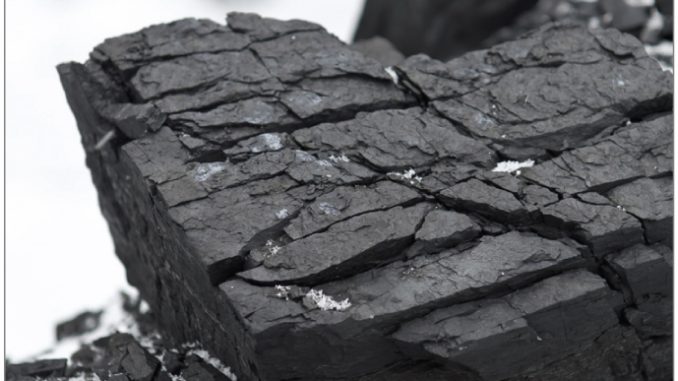
Anil Sardana, Chief Executive Officer and Managing Director, Tata Power
India’s capital city, Delhi, welcomed the New Year with the implementation of the odd-even scheme. This scheme, which sought to reduce Delhi’s air pollution, allowed vehicles with odd and even number plates to ply on odd and even dates respectively. This was perhaps the most significant policy decision taken by the Delhi government since the large-scale conversion of state government-run public transport vehicles to compressed natural gas in 2002.
That Delhi decided to urgently revisit its air pollution mitigation policies and introduce a one-of-its-kind odd-even scheme speaks volumes of the dire state of Delhi’s air quality. A World Health Organization (WHO) report states that Delhi is the most polluted city in the world. What is even more shocking is that, as per the WHO report, 13 of the 20 most polluted cities in the world are in India.
Delhi, like other major Indian cities, is battling many sources of air pollution, not the least of which is emissions from power plants. These emissions depend largely on the characteristics of the fuel burned, the efficiency of plants, and emission mitigation technologies deployed in the plant.
Coal is the primary source of energy used by most power plants across the country. What is interesting is that many of these power plants run on raw and unprocessed domestic coal, which has notoriously high ash content. It causes high plume precipitation, which is particularly challenging to manage in city precincts.
In contrast, gold coal, which is cleaned and washed coal with significantly lesser impurities and ash content, is used only in select cities. While the ash content of gold coal is not more than 3 per cent, the ash content of raw coal is about 38 per cent to 45 per cent. Gold coal is also more efficient than raw coal – raw coal’s calorific value ranges from 3,800 kCal per kg to 4,200 kCal per kg, as opposed to gold coal’s calorific value of 5,500 kCal per kg. The calorific value of coal is an indication of the quantity of coal used for every unit of generated power.
India is admittedly working to reduce its carbon footprint and decrease its dependence on carbon-intensive sources of energy. However, even as this transition takes place and India increases its clean renewable energy capacity, coal will continue to power the country’s development. It is an undeniable fact that coal has a big part to play in the country’s growth story. Therefore, it is essential to ensure that the coal being used is non-polluting, causes the least emissions and does not have an adverse impact on ecology.
Perhaps Delhi and other Indian cities should follow Mumbai’s example and use gold coal as the norm for city-based power generation. Not only does Mumbai, India’s financial capital, use gold coal to meet its power needs, but it has also upgraded electrostatic precipitators in its power plants. This means that the emissions from power plants in Mumbai are only 30 parts per million (ppm), as compared to the 150 ppm prevalent in other Indian cities. Moreover, Mumbai has invested in and installed flue gas desulphurisation units in its power plants, further reducing the emissions generated from power plants.
 As a nation as well as the inhabitants of the planet, we have an innate responsibility to preserve our environment for future generations. This requires us to take long-term and short-term measures to conserve our ecology and biodiversity. While renewable energy is our future, it is important that we undertake short-term mitigation strategies to preserve our environment. The adoption of gold coal and the use of enhanced technologies in power plants can go a long way in reducing air pollution levels.
As a nation as well as the inhabitants of the planet, we have an innate responsibility to preserve our environment for future generations. This requires us to take long-term and short-term measures to conserve our ecology and biodiversity. While renewable energy is our future, it is important that we undertake short-term mitigation strategies to preserve our environment. The adoption of gold coal and the use of enhanced technologies in power plants can go a long way in reducing air pollution levels.



